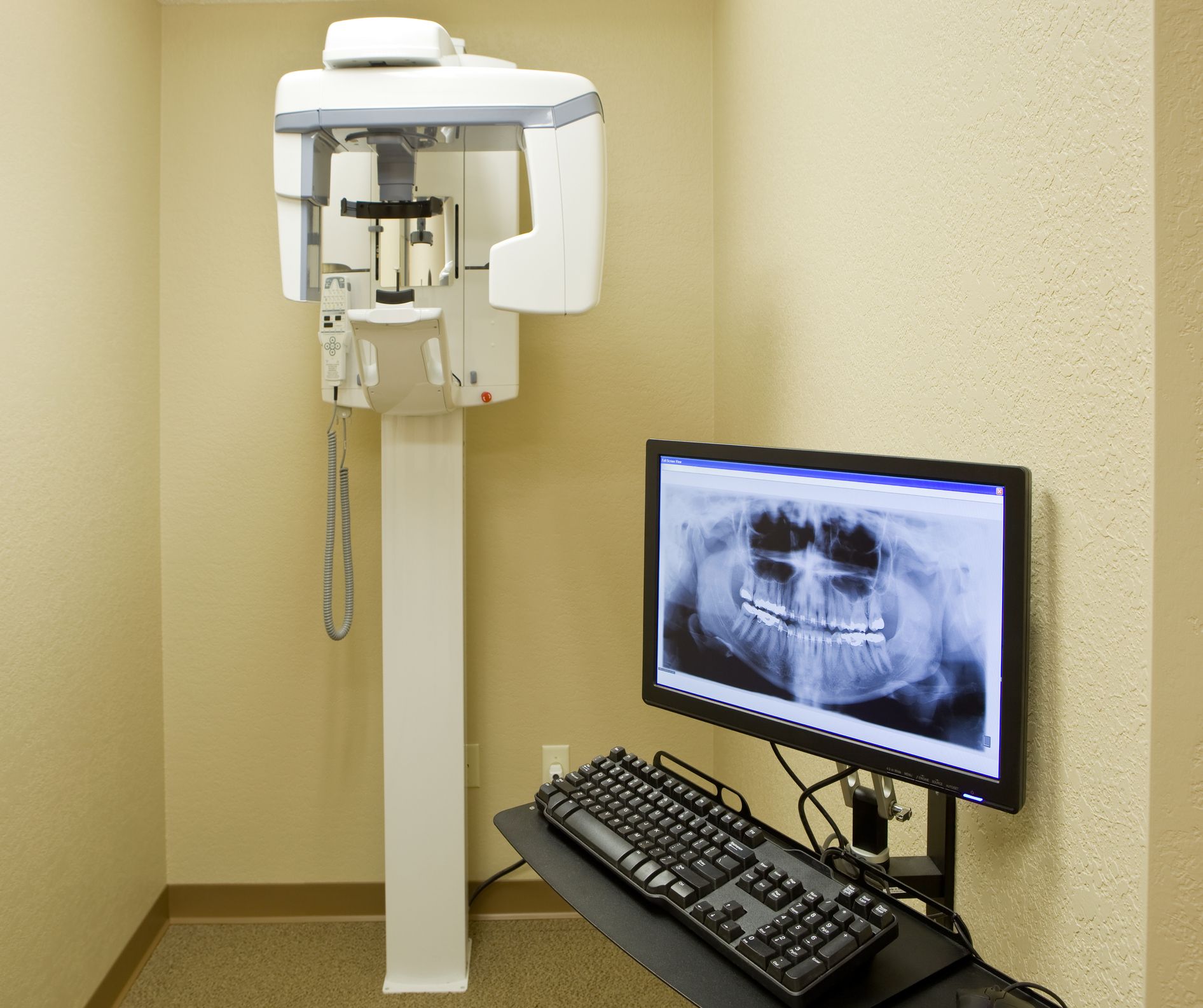3-D Imaging for Dental Implants
 When it comes to dental implant placement, accuracy is incredibly important. That is why we utilize advanced diagnostic technology, including 3-D imaging for dental implants.
When it comes to dental implant placement, accuracy is incredibly important. That is why we utilize advanced diagnostic technology, including 3-D imaging for dental implants.
At Brooklyn Heights Dental in Brooklyn, NY, we believe in staying current with the latest innovations and methods so that our patients can enjoy successful treatment and long-lasting results.
Here, we discuss what 3-D imaging technology is and explore all the ways it can help our doctors deliver predictable, high-level care.
What Is Cone Beam Computer Tomography?
Cone beam computer tomography, also known as a cone beam CT, captures thousands of three-dimensional images of the teeth, supporting bone, and surrounding maxillofacial structures.
Essentially, this type of technology combines x-rays and computer software to create cross-sectional views of the oral anatomy. While two-dimensional x-rays provide a visual overview, 3-D imaging offers a clear view of the tissues, nerves, and bone density.
Why Is 3-D Imaging Important for Dental Implant Placement?
When placing implants, it is important to place them with accuracy and precision. This is important for a several reasons.
First, the implant needs to be positioned at an appropriate angle and in the right location. This will allow for proper function and long-term success. Therefore, your doctor must be able to visualize the jawbone so that he or she can determine where the implant should be placed.
Second, there are certain orofacial landmarks that must be avoided. The mandibular nerves run along the lower jaw. If implants interfere with the nerves, it can lead to permanent paresthesia, or numbness.
If implants are being placed in the upper jaw, the maxillary sinuses must be avoided, as the posts could potentially perforate the membrane.
3-D imaging takes the guesswork out of implant placement. It allows your doctor to identify these important landmarks and plan your treatment accordingly.
What Can Cone Beam CT Technology Do?
When used for implant placement, 3-D imaging can offer numerous advantages. For example, a cone beam CT scan can:
- Evaluate the health of the jawbone
- Assess bone volume and density
- Locate nerves, sinuses, and other orofacial landmarks
- Pinpoint the most optimal location for implant placement
- View the exact position and orientation of each tooth
Perhaps most impressively, 3-D imaging allows your doctor to plan out your treatment in detail before your procedure even begins. Because the cone beam CT provides an accurate digital representation, the image can be manipulated for clearer viewing. Your doctor can use this information to determine what size implant should be placed.
How Is a Cone Beam CT Scan Performed?
Undergoing a cone beam CT scan is a simple, straightforward process that only takes a minute or two. Unlike two-dimensional x-rays, you will not have to hold sensors in your mouth. You will simply close down on a bite stick while the unit rotates around your head.
Dental CT units are different from those found in a medical office. While a medical CT can cause feelings of claustrophobia, a dental CT scanner typically offers an open environment, helping the patient feel more relaxed.
Learn More about 3-D Imaging for Dental Implants
If you are considering implants as a teeth-replacement option, it is important to undergo a cone beam CT scan prior to your treatment. This technology allows your doctor to plan treatment with unparalleled accuracy so you can enjoy the benefits of your implants for many years to come. To learn more, contact us online or give us a call at (718) 857-6639.



